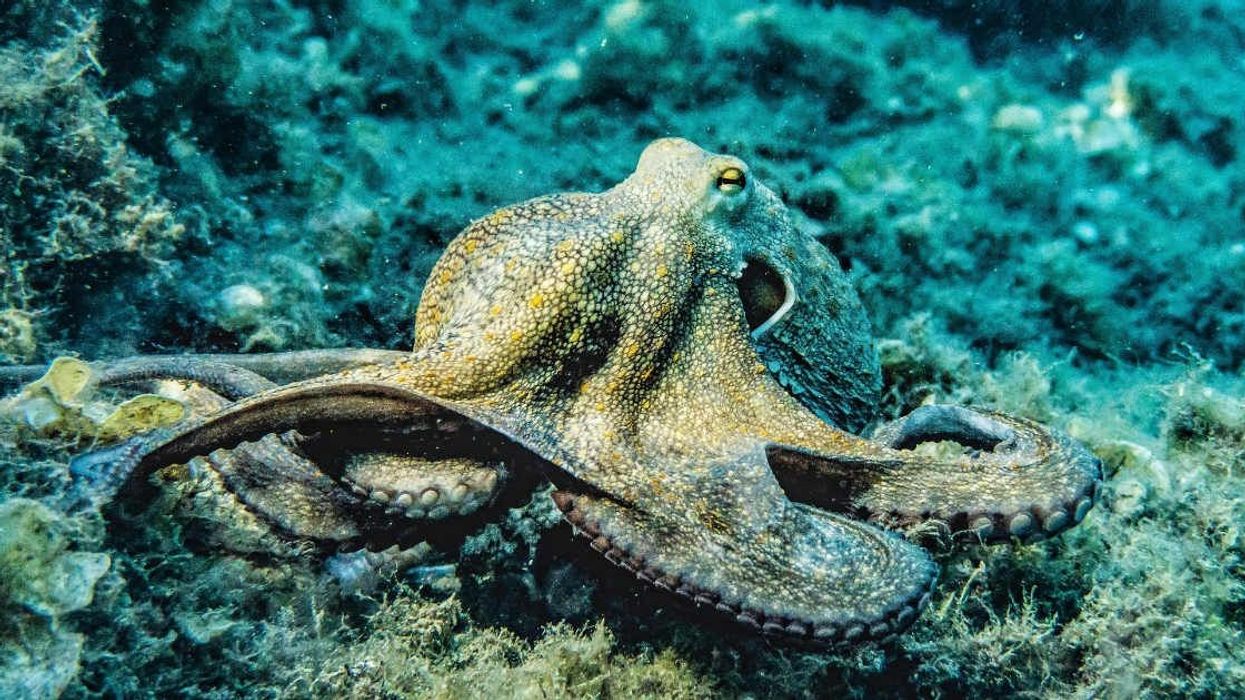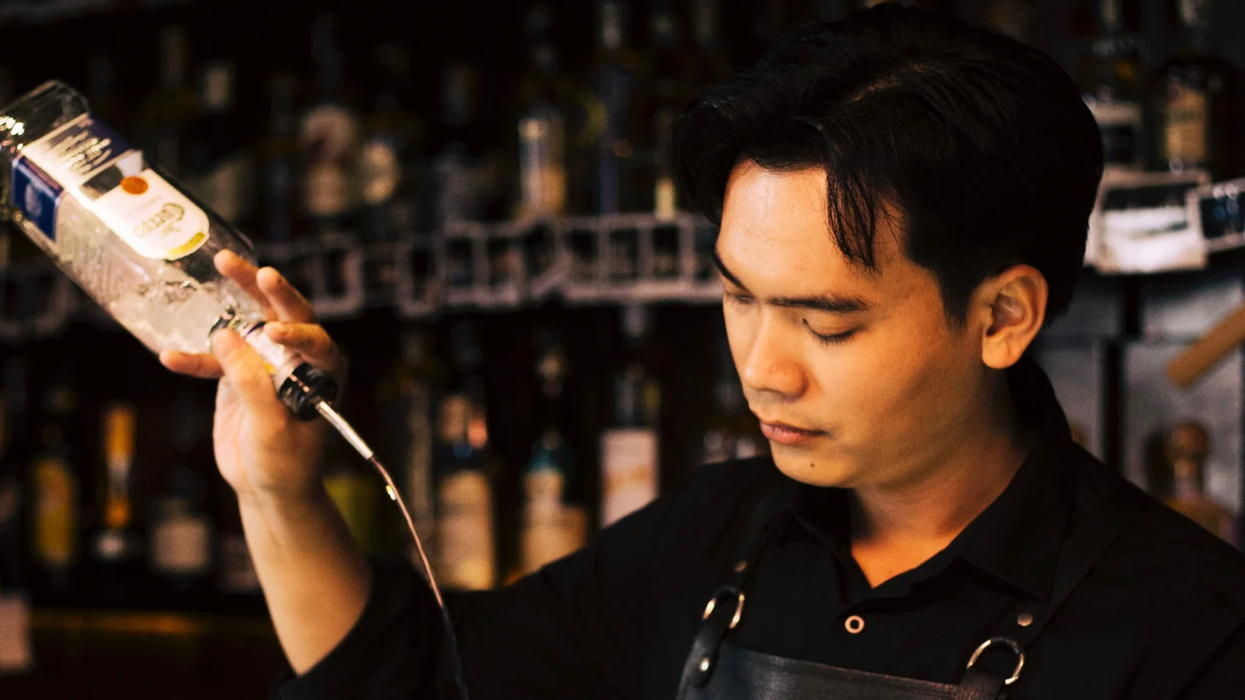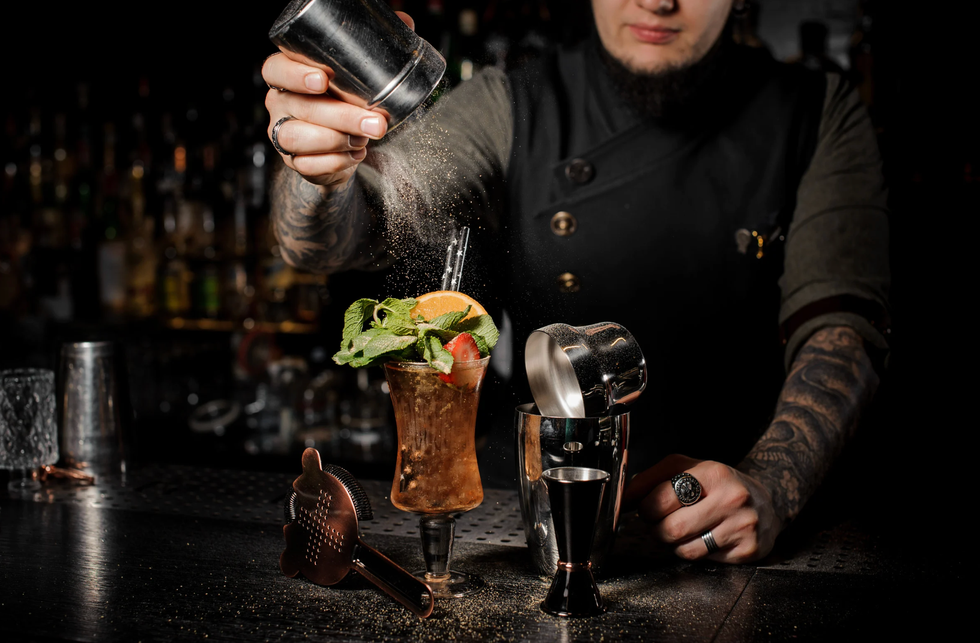Coconut water, a $1 billion industry, has been sweeping the food and fitness worlds. A quick glance at grocery store shelves offers every variety and flavor you could imagine—but the drink is more wasteful than you might think.
The Philippines and Indonesia are the world’s largest producers of coconuts, but often in the coconut water frenzy, the meat is just a byproduct and left behind in the husk. One company is looking to change all that—and make yet another delicious product in the process.
Cocoburg turns perishable young coconut meat that would otherwise go to waste into minimally processed jerky with bold, umami flavor.
[quote position="right" is_quote="true"]That trifecta is the most satiating one on earth.[/quote]
“They get the water out [of the coconuts] and don’t know what to do with the meat,” explains founder Seth Syberg. explains. We’re a perfect symbiotic relationship. We can be a value add so they don’t have to throw that stuff out.”
Seth Syberg first got the idea for Cocoburg while traveling across seven countries in Southeast Asia. He was on a vegan diet at the time, and stumbled upon an intriguing recipe for coconut jerky online that he began experimenting with abroad.
Upon returning home to Brooklyn, he perfected the jerky recipe in his Williamsburg loft and used Kickstarter to raise funds for production. In just a few days and supported by over 500 people, Syberg exceeded his $10,000 goal by 130 percent.
He very quickly determined that producing coconut jerky in Bushwick was not economically feasible (producing a single 2-ounce bag cost $10, meaning the price on grocery shelves would approach $36) and moved all manufacturing to the Philippines.
“We spent months researching hundreds of potential partners in coconut growing regions throughout the world,” Syberg says. “We finally found great partners in the Philippines through the USDA organic certifications database.”
After many months of emailing and Skyping back and forth, followed by a face-to-face meeting, they were finally in business.
First, farmers harvest raw young coconut meat, which is then marinated with various spices and vegetables and dehydrated to a chewy, savory jerky that could fool many meat-eaters. Cocoburg currently offers three flavors—original, ginger teriyaki and chili lime—available online and in stores throughout the Midwest.
“We aim to work direct-trade with farmers in the Philippines and create jobs,” Syberg says. “The folks we work with there basically become family. These are good jobs, not crappy work. As we grow and as we’re able to gain more leverage in the market, we’ll be able to affect the price of coconuts for farmers. It’s a broken system and we will be there to help fix it.”
As the company continues to grow, Syberg plans to send trucks around to small farms and better organize independent farmers to consolidate efforts in fulfilling larger orders, which will be necessary as Cocoburg grows. The nutrient profile of coconut jerky balances fiber, good fat, and protein.
“That trifecta is the most satiating one on earth,” Syberg says. “It fits into so many different diets and lifestyles and people love trying new things.”
Plus, there’s no added sugar, only natural sugar from coconut meat and sap. Right now the team is still small—just three employees—along with Cocoburg’s small farmer sources in the Philippines. Syberg says that moving production to the Philippines and scaling it up has been the most difficult part of the process, but when the first pallet was ready for shipping out of the Philippines, it was all worth it.
“I am stoked to be bringing something awesome and innovative to the market,” Syberg says. “But I really want to make a change in the world. Cocoburg ties my love of clean eating with my desire to help people.”

















 Screenshots of the man talking to the camera and with his momTikTok |
Screenshots of the man talking to the camera and with his momTikTok |  Screenshots of the bakery Image Source: TikTok |
Screenshots of the bakery Image Source: TikTok | 
 A woman hands out food to a homeless personCanva
A woman hands out food to a homeless personCanva A female artist in her studioCanva
A female artist in her studioCanva A woman smiling in front of her computerCanva
A woman smiling in front of her computerCanva  A woman holds a cup of coffee while looking outside her windowCanva
A woman holds a cup of coffee while looking outside her windowCanva  A woman flexes her bicepCanva
A woman flexes her bicepCanva  A woman cooking in her kitchenCanva
A woman cooking in her kitchenCanva  Two women console each otherCanva
Two women console each otherCanva  Two women talking to each otherCanva
Two women talking to each otherCanva  Two people having a lively conversationCanva
Two people having a lively conversationCanva  Two women embrace in a hugCanva
Two women embrace in a hugCanva 
 A reddit commentReddit |
A reddit commentReddit |  A Reddit commentReddit |
A Reddit commentReddit |  A Reddit commentReddit |
A Reddit commentReddit |  Stressed-out employee stares at their computerCanva
Stressed-out employee stares at their computerCanva
 Who knows what adventures the bottle had before being discovered.
Who knows what adventures the bottle had before being discovered. 
 Gif of young girl looking at someone suspiciously via
Gif of young girl looking at someone suspiciously via 

 A bartender makes a drinkCanva
A bartender makes a drinkCanva